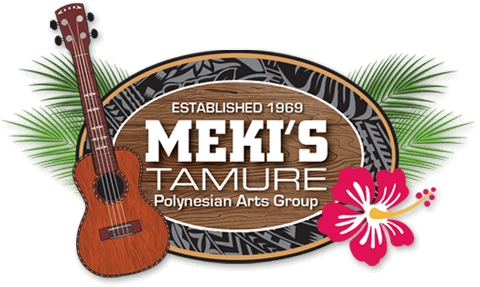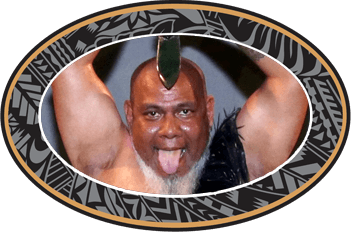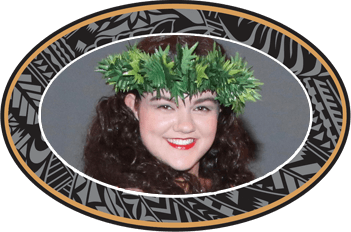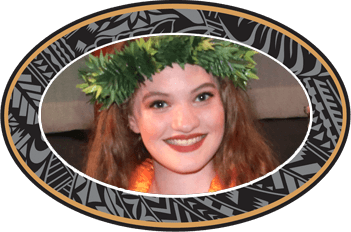Our performances allow you to take an exciting imaginary tour of the Polynesian Triangle which is formed by connecting New Zealand, Hawaii and the Easter Islands. Here is your itinerary for the event, the island greeting, and a brief description of the dances and cultures!

Tahiti: Greeting – Ia Orana
Beginning our tour in Tahiti, we sound the conch shell to get the festivities started. Sit back, relax and enjoy the show! French Polynesia is world-famous for its hip-shaking dances that imitate scenes from nature and daily life. We demonstrate energetic dances to the alluring beats of the wooden-carved drums (to’eres) as the grass skirts accentuate each movement. At the finale we return to present the Hokulea Otea which celebrates the mystery of the Polynesians navigational skills. Long before Columbus’ voyages, the Polynesians were traversing the Pacific expanse. We dedicate this dance to those who still make this trans- Pacific journey by canoe between Hawaii and Tahiti.


Hawaii: Greeting – Aloha
By far the most popular Polynesian island, Hawaii is one of the world’s most visited places. When people think of luaus, the Aloha State is the first place that comes to mind. Meki’s Tamure presents many of the popular modern hulas which use a variety of dance implements. Melodic island music, floral decoration, graceful movements and beauty epitomize the modern hula. Hawaiian history is also communicated through ancient dances and chants.

Fiji: Greeting – Bula Vinaka
We cross the International Date Line to our next island paradise. Fiji’s past was filled with tribal warfare. With their colorful spears and war fans, the men recreate an exciting dance of legendary dwarf warriors from Fiji’s mystic jungle regions. The warriors were particularly noted for their combat tactics as they used their spears as well as large fans to parry enemy weapons and distract their opponents. Today, our tribute to Fiji showcases the warriors adorned in colorful hand-made outfits to simulate past heroic events.

Tonga: Greeting – Malo E Lelei
From the Friendly Islands formally known as the Kingdom of Tonga, our dancers demonstrate the vitality and energy of the native Tongans. Before the written word came to the Pacific, the history of a village was passed on in stories, songs and dance. The Tamure dancers show that in times past, when warriors left for battle, the women and children would sing and bang sticks together to demonstrate their ability to defend their homes. Today, this lively dance is an enjoyable test of coordination and stamina.

New Zealand: Greeting – Kia Ora
Our tour also takes us to New Zealand, also known as Aotearoa, Land of the Long White Cloud. The men portray the ferocious warriors of New Zealand who, in the past, had their faces tattooed. We present the dance known as the haka,which was actually a warm-up exercise done by the warriors before going into battle. Maori dances display great coordination and dexterity, the most popular being the Poi ball dance. Showing the greeting (sticking out of tongue) of the early Maoris, the warriors determine if you come to fight of if you’ve come in peace. Today, if you’ve come to fight, they’ll lick you to death!


Samoa & American Samoa: Greeting – Talofa
The women present dances which symbolize the homage that Samoan people pay to the inner strength they derive from their traditions and heads of families. Adorned with feathers and island style print, the dancers perform graceful yet energetic numbers for the audience’s enjoyment. From the Cradle of the Pacific, we present the world-famous Samoan Flaming Fire Knife Dance. Originally used to permit nighttime warfare, the fire knife is now used in dances by many Polynesian groups throughout the world.





